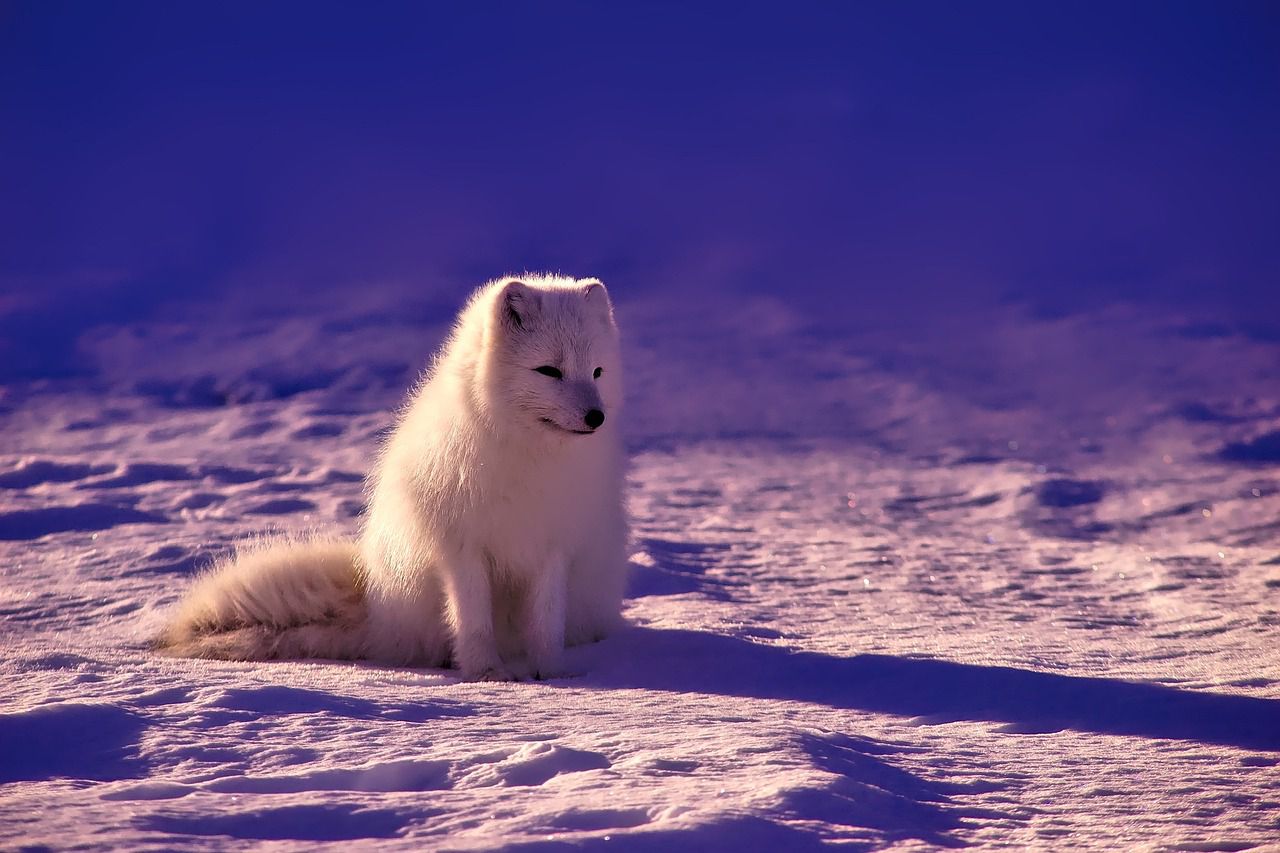Some animals have the useful ability to change clothes for the winter and vice versa.
This adaptation benefits them in many ways, from warming up to hunting.
Here are some examples.
Thicker Fur Growth
As winter approaches, many animals, such as mammals and birds, grow thicker fur or feathers to provide better insulation and trap body heat.
The growth of a denser coat helps to create a layer of air between the animal's skin and the environment, acting as a natural insulator.

Coloration
Some animals, like the Arctic fox, change the color of their fur during winter to blend in with the snowy landscape.
They develop a white coat in winter, which helps them camouflage and remain inconspicuous to predators or prey.
Longer Guard Hairs
Many mammals, such as deer and elk, grow longer and coarser guard hairs during the colder months.
These hairs act as an outer protective layer, shielding the underlying fur from moisture, snow, and wind.
Increased Undercoat
Animals like dogs, cats, and certain wild species, such as wolves, develop a thicker undercoat during winter.
The undercoat consists of short, fine hairs that provide additional insulation by trapping warm air close to the body.
Hormonal Influence
The molting process in animals is often regulated by hormonal changes triggered by environmental cues, such as changes in daylight duration or temperature.
These hormonal signals prompt the animal's body to initiate the growth of a winter coat or the shedding of a summer coat.









